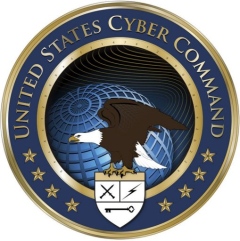
From David C. Hathaway, the Brookings Institution: The dramatic increase in reliance on cyberspace over the last decade for US military operations resulted in the creation of the sub-unified command, US Cyber Command (USCYBERCOM). Its mission is to operate and defend the global information grid and conduct full-spectrum cyberspace operations, if required. However, the regional combatant commands (COCOMs) see cyberspace as another operational domain that they want and need to integrate with the physical domains of air, land, sea, and space. These two perspectives are at odds with each other with respect to the optimal command and control (C2) structure for cyberspace. The challenge is to develop a command and control structure that allows USCYBERCOM to execute its global responsibilities while also allowing the geographic commanders the ability to effectively integrate cyber operations into their plans and operations.
Two predominant models have emerged: the USSOCOM model and the USTRANSCOM model, the former a very regionally focused structure and the latter very centrally focused. In order to determine the best command and control structure for cyberspace within DoD, the author conducted interviews throughout USCYBERCOM, its service components, and several of the unified commands. Additionally, the author observed a tabletop cyber exercise in preparation for US Pacific Command’s (USPACOM) annual Exercise Terminal Fury. The author concludes that a hybrid model with features of the regional USSOCOM model and the centralized USTRANSCOM model best takes into account the global nature of cyberspace, while enabling integration of regional cyber effects.
Col. USAF, is a Federal Executive Fellow at Brookings. (photo: Stars and Stripes)
Image: dod%208%201%2011%20CYBERCOM.jpg
